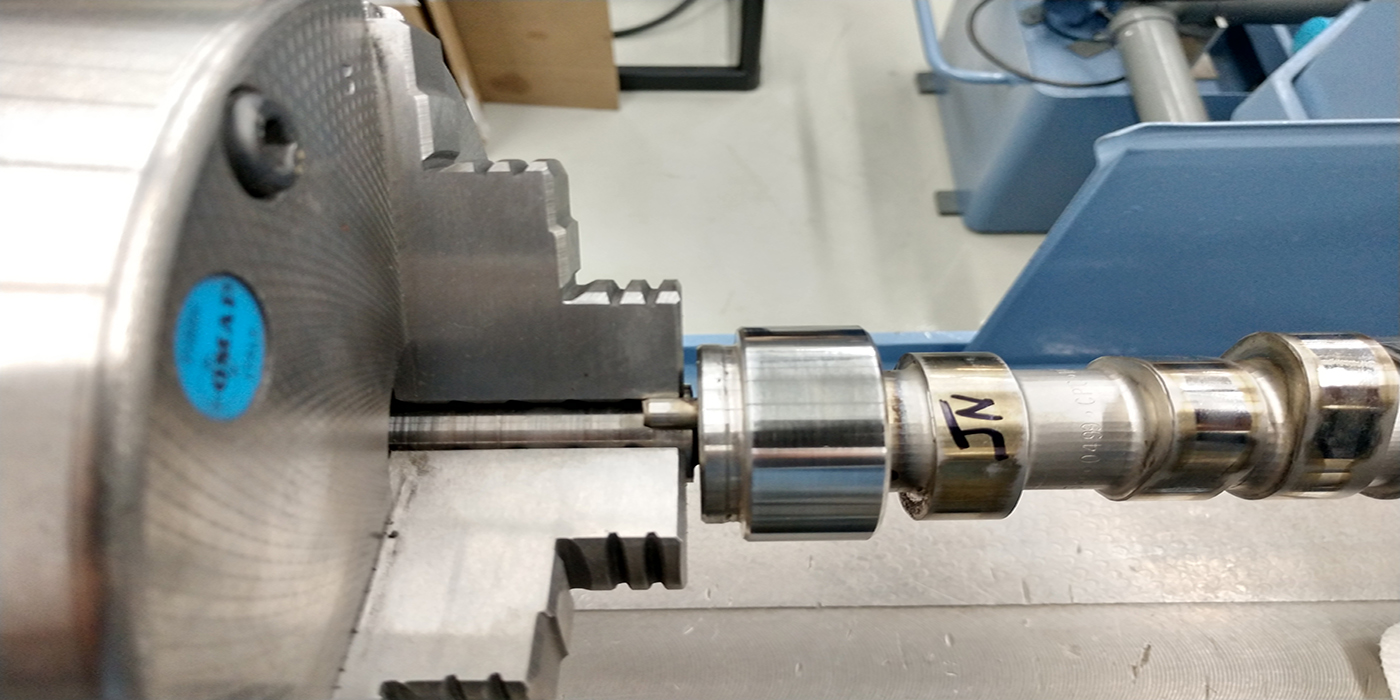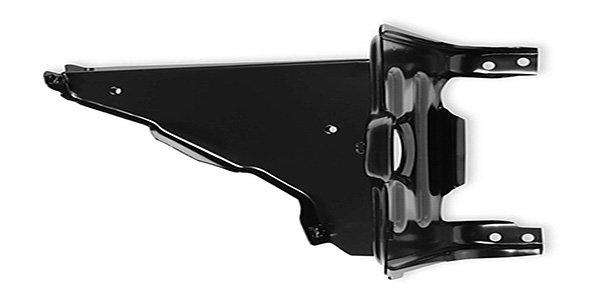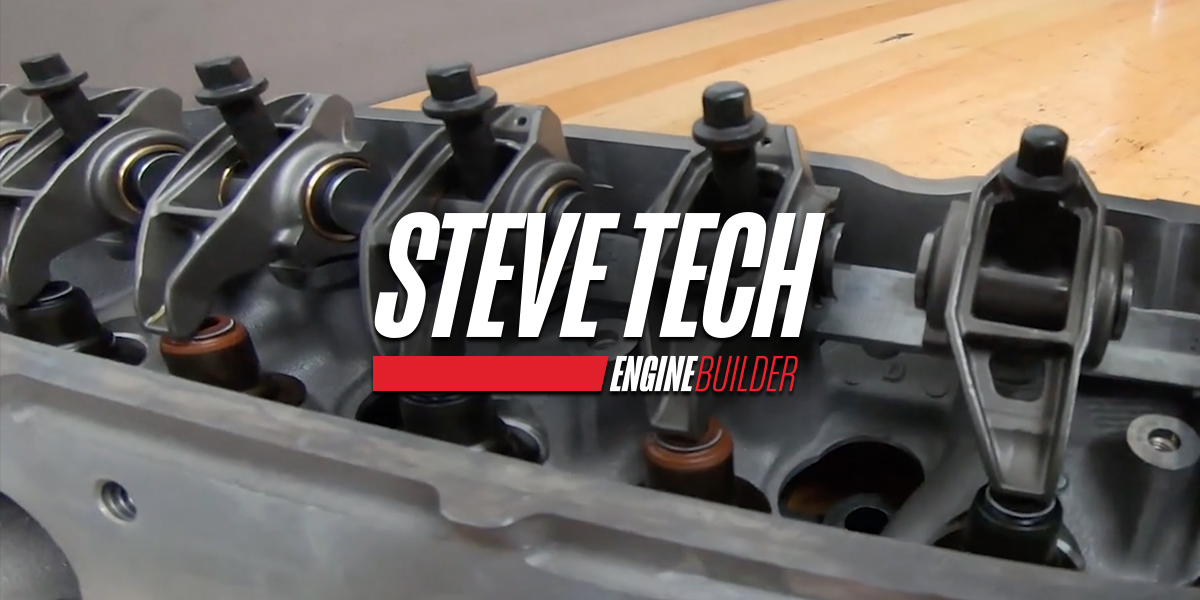The article by Donald Yuhas, “Dissecting
CS-130 Diode Failure,” in the May, 1996 issue of Automotive
Rebuilder
gave electrical rebuilders insights into the ways that diodes
can fail.
The author concluded that high “current
pulse” technology is needed for successful screening-out
of diodes that will likely fail in the vehicle.While I share that
conclusion, the article did not provide data to support this theory.
The industry needs to objectively know that field failures will
substantially be reduced after switching from the typical low
current testers to the much more expensive current pulse equipment.
Could Automotive
Rebuilder
share with us the author’s data on the percent of rectifiers found
to be failing with high current tests and acceptable with low
current testing?
Jim Banner
R&R Regulators
South Bend, IN
The following response is from Donald
Yuhas, author of the feature “Dissecting CS-130 Diode Failure.”
First of all, I would like to thank
you for your interest in the diode testing article. At the time
the article was written, our results indicated that continuity
testing alone was insufficient to screen for potentially “weak”rectifier
diodes. Our recommendation was to use electrical tests which subject
the diodes to current loads and voltage levels more representative
to those encountered in the automobile. Test methods which are
capable of measuring the complete diode Current-Voltage (I-V)characteristic
appear to offer the most stringent test.
The test system chosen by Ampere Automotive
measures forward voltage drop at several current values up to
70 amps, leakage current and the Zener characteristic. Statistically,
this system eliminates more salvage rectifiers than the simple
continuity test. However, the question of whether or not this
system effectively eliminates all “weak”diodes is difficult
to answer definitively. We continue to investigate other possible
testing methods and continue to work with Ampere Automotive to
evaluate their more aggressive diode testing procedures.
Rebuilders Should Be The Customer’s
Teacher
Just finished reading Norris Marshall’s
column, “Work to sell the customer what they want, not what
you want to sell them,” in the June issue of Automotive
Rebuilder
(pages 37-38).Mr. Marshall makes some valid points, particularly
regarding what customers think they want in the way of a warranty.
However, we at Engine Weld & Machine Co., have a little bit
different take on what our relationship with customers should
be. We view ourselves as much teachers as service providers, and
that the time to teach is before the service or part is sold.Perhaps
it is a difference in clientele. Ours runs to three types: large
diesel users (particularly farmers) performance engine users (street
rod and stock cars) and younger drivers with five- to seven-year-old
vehicles.Of the three types, the agri-diesel users are the most
knowledgeable on the practical theory and maintenance of their
engines. They occasionally require a little guidance about the
importance of checking peripheral engine components such as turbos,
oil coolers or injector pumps. But by and large, they are pretty
straightforward to deal with and these customers understand when
you explain that “X” system isn’t functioning properly
and it took out their engine. The other two types are either people
who got their knowledge reading hot rod books and have no hands
on experience, or have no understanding of, or interest in learning
about their engine. We find that we are constantly “selling
them what we want, not what they want.” Because what they
want either won’t work, is out of their budget, or is detrimental
to the finished product, which we have to stand behind. In short,
they don’t know what they want.One example is a customer with
a Geo who somehow twisted a head bolt off down in the aluminum
block. He drove the car in, and wanted us to drill out the broken
bolt while the head was still on. We could have tried this just
to keep him happy. But the right way to do it was to take the
head off. We stuck to our guns, and the customer went to another
shop where they tried it “his way.”Now we have the block
here to weld, since the drill slipped and took out the head bolt
hole. The customer is mad at the other shop, and at himself, but
he’s not mad at us. He knows we tried to keep him from having
the problem.Or the kid with a 400 Ford engine in a pick-up truck
who wanted to switch to a 460 with some performance parts. This
isn’t a straightforward swap. It requires either extensive bell
housing make-over, or another bell housing, among other things,
as most rebuilders know. He had “X” dollars to spend.
We could have given him what he wanted, made it fit into his budget
by just re-ringing his 460, and he would have been back in a month.
Worse yet, he might not come back and instead, gone around telling
everybody how we ripped him off. By being honest with him about
what his options were (what he could get with the money at the
time) and spending some time to research an engine package he
would be happy with, we later were able to do the exact job he
wanted because he trusted us. We had to spend an extra hour or
two with him, but it paid off for everyone in the long run.Some
customers think putting a good, rebuilt cylinder head or heads
on a worn-out bottom end is the same as buying a new motor. These
people are looking for the miracle of $300 for a set of heads
and a gasket set to make their engine look, perform and last like
a new engine. They have to be told why that isn’t so. And yes,
they often don’t believe it, and go to a shop that will give them
what they want to buy. They usually come back to us shortly and
say “I wish I had listened to you.”As far as warranties
go, if the problem is clearly customer-caused, and particularly
if we have noted that there is a problem that the customer didn’t
correct (such as a bad cooling system or worn out injectors, etc.)
then we don’t warranty it. Period. That’s why we have warranties.
They define, or should define exactly what is the shop’s responsibility
and what is the customer’s responsibility. But warranties do
require that the customer take some responsibilities, like changing
the oil and filters or having the engine properly installed if
we don’t do it.On the other hand, if we find that the problem
is customer-caused, but not caused by willful abuse or neglect,
then we will do everything we can to work with the customer. (Like
the customer who accidentally put two quarts of transmission fluid
in the crankcase.) We might do the work at cost, throw in a couple
of free oil and filter changes, and most of all, educate the customer
to try to prevent it from happening again. After all, with today’s
emphasis on technology, people don’t work on cars enough themselves
to have any knowledge of how things work or why they fail.And,
if it is a shop screw-up, fix it fast and right with a smile.
Most people can forgive a mistake if they believe you are sincere
in trying to mitigate it quickly and fairly.We feel that two-thirds
of our clientele are relying on us for guidance. We give them
options, explain the various results of the different options,
and they decide before we ever do the work.Our warranty is written
with our’s and the customer’s interests in mind. We think it’s
fair, we enforce it and we make sure the customer thoroughly understands
it. And we don’t sell the customer something just because he
wants it when we know it is wrong or is going to lead to a lost
customer at some point down the line. We have tons of repeat business
and referrals, and fewer complaints than when we operated the
other way, and a half of 1% rework rate.
We have done it
“the other way” early on in our shop ownership days.
But the truth is, the customer is not always right, and their
expectations are sometimes totally opposite to what it takes for
us to stay in business. The funny thing is, they usually know
it and don’t object to being told differently, as long as it is
done in a kind, but firm manner and they have some instruction
or guidelines to go by in the beginning.
Rebecca Lee Baisch, President
Engine Weld & Machine Co., Inc.
Idaho Falls, ID
Additional Information Provided On
The CS 130D
Regarding my CS-130D article in the
June 1996 issue of this magazine, (see CS 130D Life Cycle Analysis,
pages 76-82) I was recently provided with more information on
the CS-series alternators.To remove the stator, it is necessary
to heat the front half assembly to 450°F for about five minutes
to expand the aluminum shell, permitting removal of the stator
core.The reason for encasing the stator is to reduce electro-magnetic-interference,
but I feel that this was done without consideration of the extra
heat generated by encapsulation. I would also like to hear some
readers comments concerning replacing the front bearing when reusing
the front case half. The internal front spacer is used as a grease
slinger; one would have to judge if the function of this spacer
is more important than mechanically securing the front bearing.There
could be some confusion pertaining to the interchangeability of
components between the 130 and 130D. The only interchangeable
component is the rectifier assembly, however, the circuit schematic
diagrams are the same but not the physical shape of the components
used to implement the circuits. The oxidation or corroded state
of the rectifier assembly deserves some clarification. If you
are fortunate to get a shiny new looking rectifier assembly in
a core, and it electrically tests good, the odds are in your favor
that the corrosion did not enter under the diode die and diode
die headers that will lead to early failure due to excessive contact
resistance. On the other hand, if the rectifier negative heat
sink is oxidized, it can be assumed that this oxidation is creeping
in between the critical diode joints.No amount of cleaning or
sandblasting can correct this problem, but will only make it worse
as new corrosion paths will be opened in any cleaning process.
The best solution is to replace the rectifier assembly with a
heavy duty aftermarket version as mentioned in my article; the
original diodes are just too small and typically fail when starting
a car with a slightly discharged battery. Starting a car with
a slightly discharged battery is a “normal” condition,
and if the rectifiers fail, it is the fault of the rectifiers,
assuming that the OE characteristics of the stator and rotor were
not tampered with. I examined a CS-130 aftermarket rectifier identified
as a “rough casting” copy of the Transpo unit. Transpo
should be proud that someone would copy their rectifier. On the
other hand, this copy derated all pertinent OE specifications
to a design reserve factor of 0.5! If we permit such low quality
components to enter our rebuilding field, we better learn how
to flip hamburgers for a living because components like this “copy”
would give such a bad reputation to the rebuilding field that
no one would purchase rebuilt components! We have to identify
the weak areas in OE units and make improvements, compensations
such as fully charging the battery to prevent rectifier failure
should not be acceptable. If you are making compensations, scream
at your supplier for heavier duty components. The name of the
game is to learn how to reduce costs, but never at the expense
of quality.
Nicholas F. De Nardis
NFD Engineering Co.
Marshfield, WI
Have a
question or comment? Write to Automotive
Rebuilder
magazine at 11 S. Forge St., Akron, OH, 44304. We reserve the
right to edit letters to the editor for space and content.



